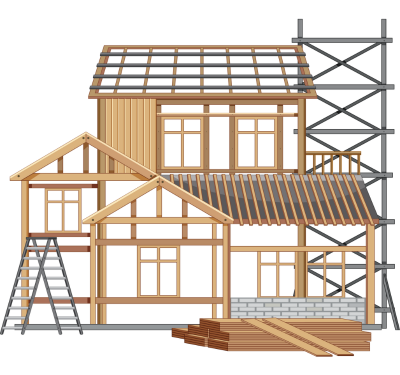 Thursday, September 26, 2024
Thursday, September 26, 2024  Thursday, September 26, 2024
Thursday, September 26, 2024 
According to the Canada Mortgage and Housing Corporation (CMHC), the trend in housing starts has been declining steadily since November 2022. In May, the trend reached 230,205 units, showing a 4.2% decrease compared to April, which had 240,318 units. The trend measure represents a six-month moving average of the monthly seasonally adjusted annual rate (SAAR) of total housing starts for all areas in Canada.
The standalone monthly SAAR of total housing starts for all areas in Canada experienced a significant decline of 23% in May, with 202,494 units, compared to April’s 261,357 units. This decline was attributed to various factors, including labor shortages, higher construction costs, and increased borrowing costs, which particularly impacted multi-unit starts.
In terms of urban starts, which include centers with a population of 10,000 and above, there was a decline of 24% in May, with 182,842 units. Multi-unit urban starts experienced a more significant decline of 30% to 139,890 units, while single-detached urban starts increased by 6% to 42,952 units.
Among specific regions, Vancouver, Toronto, and Montreal CMAs (Census Metropolitan Areas) all recorded declines in total SAAR housing starts in May. Vancouver saw a substantial decrease of 45%, Toronto was down by 28%, and Montreal experienced a decline of 35%. However, all three cities saw increases in single-detached starts, although these were offset by significant decreases in multi-unit starts.
Additionally, the rural starts monthly SAAR estimate was 19,652 units.
The decline in housing starts can be attributed to factors such as labor shortages and higher construction and borrowing costs, particularly affecting multi-unit starts. Despite the decline, housing starts remain at relatively high levels observed before 2020.